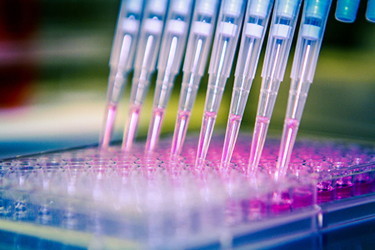3D Cell Culture And Drug Discovery

Drug discovery remains difficult research, as success rates in clinical trials are relatively low. According to Frontiers in Pharmacology, more than half of all new drugs fail in the second or third phase of clinical trials because of lack of efficacy, and another 30 percent fail because of safety issues.
3D cell culture is one of the new technologies that increases precision in drug discovery. In recent years, 3D cell culture models have been increasingly utilized in multiple phases of the process, from target validation to lead identification to preclinical optimization.
3D cell culture models were initially developed for oncology research, and many existing 3D cell tumor models are often grown as 3D spheroids on plates. But dish-based organoids are a newer development, and they show great potential as a tool for drug discovery, according to Drug Discovery World.
3D cell culture can also be used to grow patient-specific cells, which leads to the possibility of testing drugs on lab-grown organoids to predict response before giving drugs directly to patients.
Get unlimited access to:
Enter your credentials below to log in. Not yet a member of Bioprocess Online? Subscribe today.
